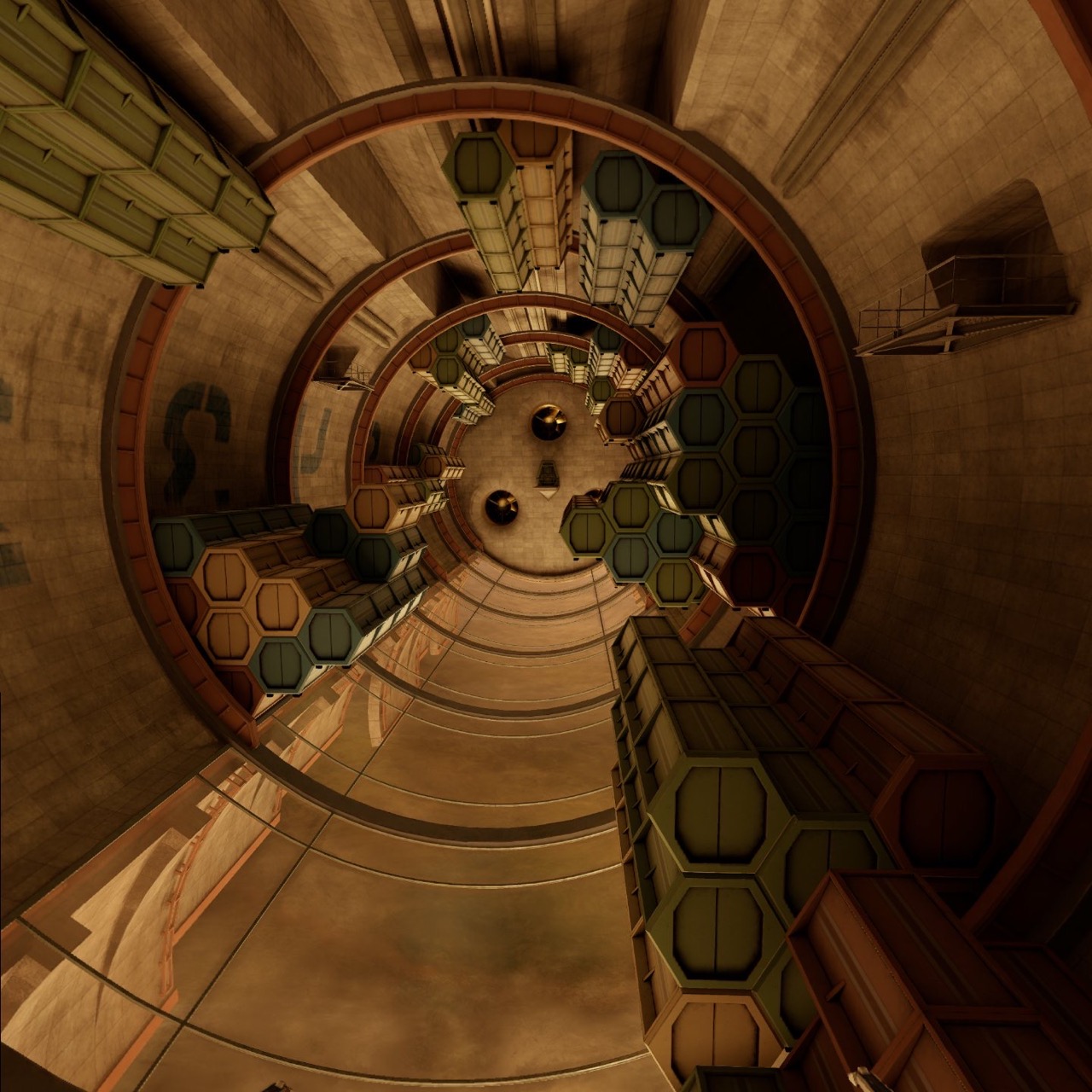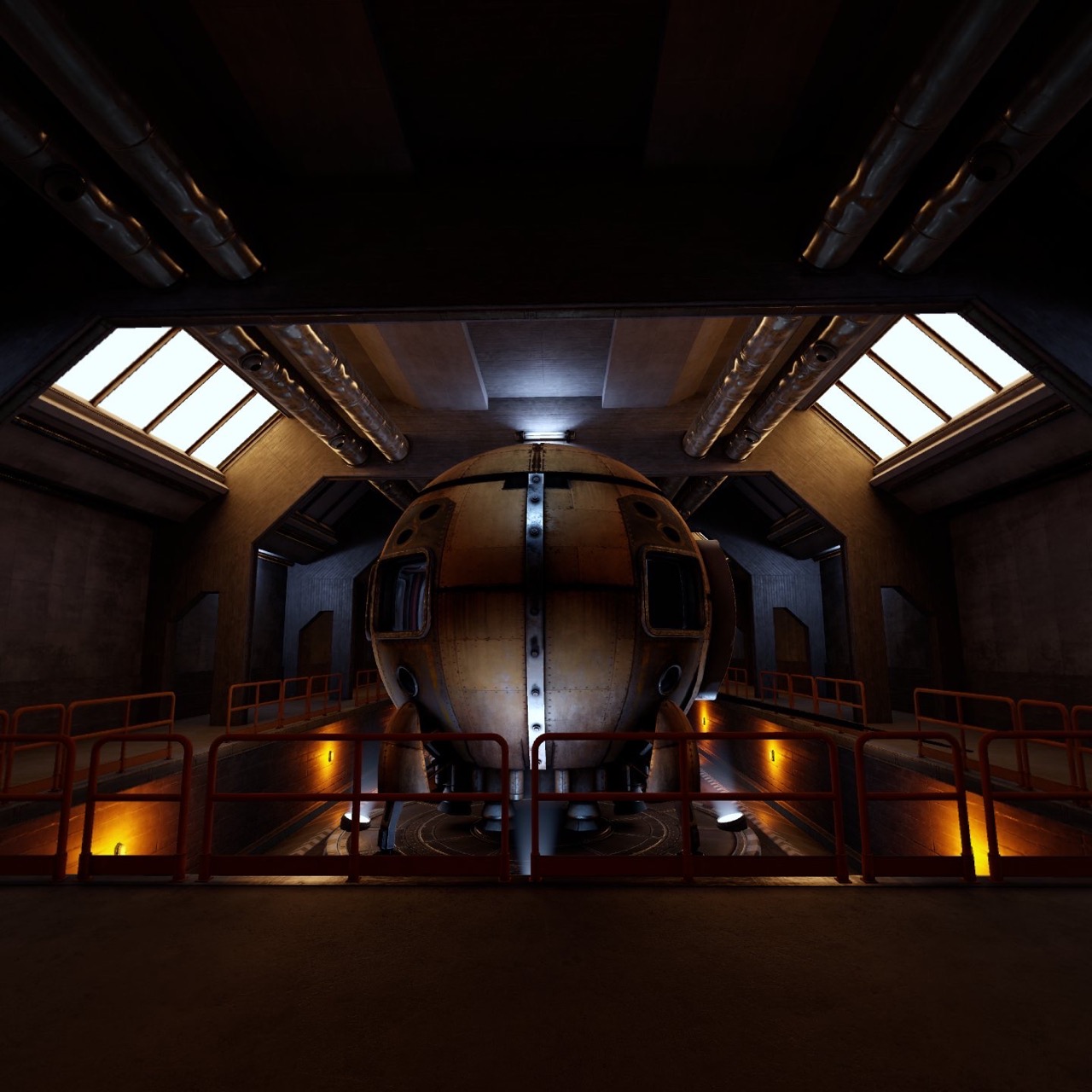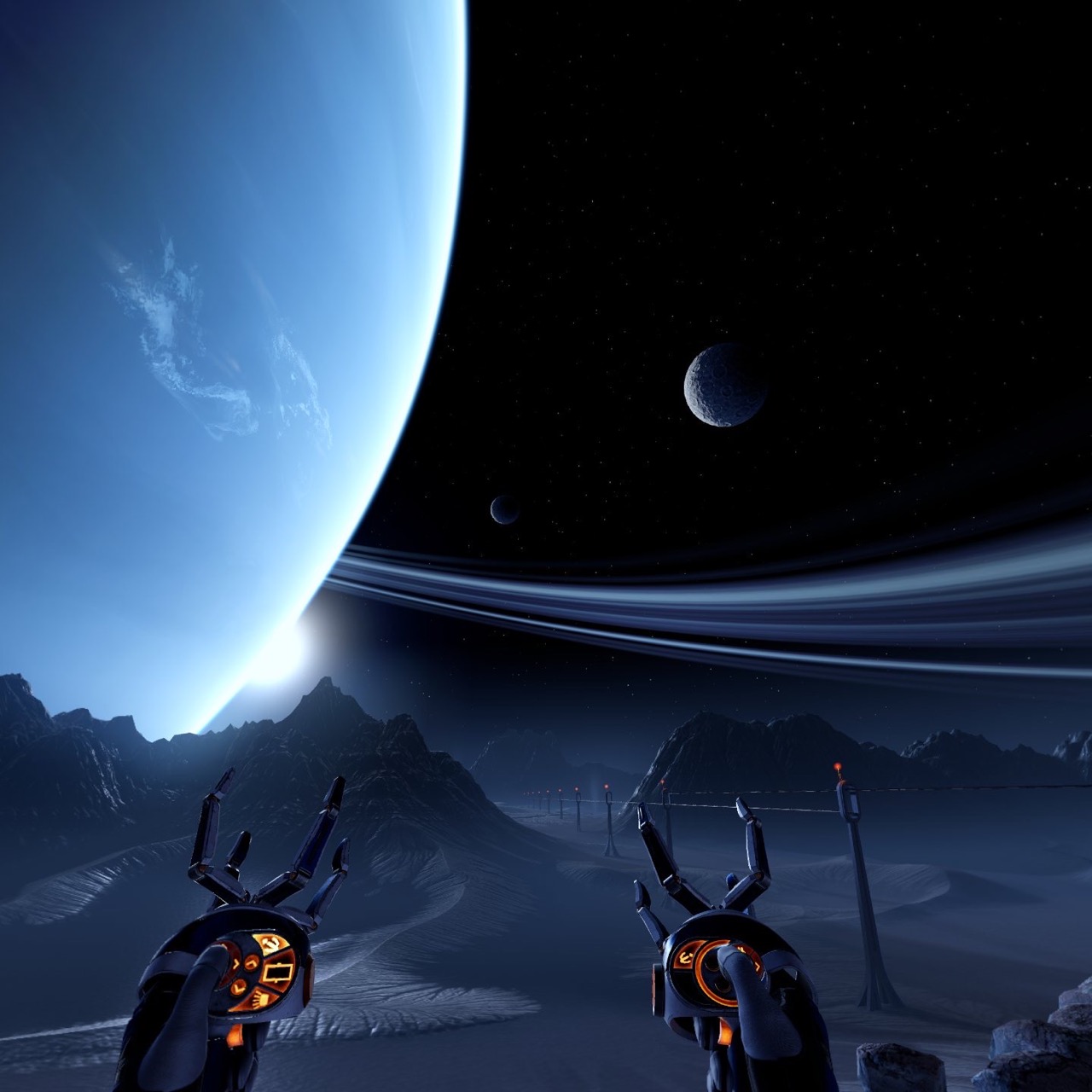Red Matter 2 gracefully unravels a compelling narrative through spatial storytelling and clever problem solving that improves upon an already high bar set by the first game
Vertical Robot returns with Red Matter 2, building upon their acclaimed 2018 VR puzzle adventure, which I also reviewed and you can check it right here, with an even more compelling mystery set amongst breathtaking cosmic vistas. As Volgravian agent Sasha Riss, you will explore abandoned space facilities orbiting planets across our solar system, piecing together clues and solving puzzles that gradually reveal shocking supernatural events. With next-gen visuals optimized for the Quest 3's capabilities and refined controls, Red Matter 2 is the most polished and one of the most immersive titles I've experieced so far in VR.

Even though I started my VR gaming journey only a few months ago, I've already played a lot of great VR games. But nothing so far has even come close to what Red Matter 2 offers. From the moment the game begins, it's abundantly clear that Red Matter 2 makes the most of modern VR hardware and squeezes every bit of performance out of the Quest 3.
Not only does the game look absolutely stunning with fantastic lighting, shadows, reflections, impressive high quality textures and gorgeous materials and a godly physics engine, more on that later, but also with an art direction that's simply next level. Honestly, it feels like the geniuses at Vertical Robots are just flexing at this point.

There is an unparalleled sense of scale as you gaze upon massive brutalist structures built into asteroids and planetary surfaces stretching into the distance. Around every other corner, there's an environment so meticulously crafted with an insane attention to lighting, reflections and details and perfectly framed that made my jaw drop every single time. Locations feel cavernous and environments feel lived in despite being abandoned, with fine details bringing the world to life. The exquisite art direction captures the bleak yet beautiful retrofuturism of the Volgravian, aka. Soviet inspired, astropolitics setting chillingly well making environments feel strikingly tangible and real. When you first discover these perfectly framed environments, the music swells up and f*ck, it is so so good.
Between areas, the story smoothly progresses the mystery as Sasha and fellow agent Beta provide commentary over comms via excellent voice acting. Your discoveries gradually imply disturbing truths about Volgravian experiments. Puzzle solutions and environment storytelling efficiently unravel clues at a natural pace that keep you engaged without hand holding.

Those strengths shine through pragmatic yet engrossing puzzles. Basic circuit puzzles are a given, but clever environmental logic puzzles require closer examination of clues with a touch of thinking outside the box. There are so many creative puzzles in Red Matter 2 where the solutions just feel right and make total sense. They feel like you, the player, "beat" the puzzle with an unintended by the developers. But if you step back and analyze your "unique" solutions, it's clear that the developers smartly put all of that stuff there for you even though in the moment you don't see their invisible hand on your shoulder. I remember playing Prey (2017) and there was a locked door in front of me. However, I could see inside the room via a window and there was a big "Open Door" button on the other side. So what do you do? Well, I just took out my nerf crossbow and through a tiny gap in the window, I just shot the button and boom, the door opened and I remember thinking "I am so smart". What I have not mentioned though is that the game "forced" me into learning about that mechanic a like a half hour before.
There's an exact puzzle like that in Red Matter 2. You come across a locked security room with a big window in front with a small gap just so you can slide your arm in and shoot the switch partially hidden by a well-placed bottle... "I am so smart". Another puzzle requires you to place a box in a specific point on a X Y Z 3D grid. The first time the correct position uses only the X and Y so you just move the box on the table to the correct coordinates and you are done. However, the next one uses the Z axis, so basically the box needs to "float" above the table. I spent like 2 minutes trying some dumb things to no avail. I then understood that I needed something to place on the table to prop up the box to the correct height. So I just used a bunch of books that were right next to me and voila... "I am so smart".
I truly appreciate it when developers spend time not only crafting creative puzzles, but also making sure that their hand holding is as invisible as it could be so that I, the player, feel smart and Vertical Robot excels at this.

The adjustable multi-tool return in Red Matter 2 with a couple of cool new additions like a flashlight that also shoots glow sticks and a blaster. You still have your trusty scanner and the grabbers that allow you to grab and interact with pretty much every object that is in the game. Speaking of interacting with objects, the physics engine has received a massive update for Red Matter 2. Apart from them having some spot-on collision boxes that allows you to grab each object in a very realistic way, all objects now have proper simulated weight. That adds a lot to the immersion.
I spent way to much time just picking up random objects, wave them in the air, throw them at other things, put them inside other objects and I was extremely surprised at how awesome everything looked and felt like. Usually, in VR games, interacting with physics objects opens up the way for a lot of jank like objects clipping through the ground or into other objects. But, and it just baffles me how they did it, I didn't experience any jank of that kind or just jank in general whatsover in Red Matter 2. I haven't experienced this insane level of polish in none of the games I've played so far on my Quest 3.

I said it before and I will say it again, it feels like the devs are just flexing and showing off their technical prowess. Back when Half-Life Alyx released, people lost their mind as you could see liquid shifting and moving inside the bottles. Yeah, that same thing is in Red Matter 2 and I need to remind you that this is running standalone on a Quest 3. I mean if you pick up a piece of paper and wave it around, the paper reacts realistically like a piece of paper does in real life. They clearly didn't have to go this far, but I am super happy that they did.
The blaster is another thing that really impressed me too. It's one of the best feeling guns in VR. The combination of the sound, haptic and particle effects is just top notch. Shooting turrets and fighting against the robots feel exciting. Pacing is also executed really well as combat encounters are sprinkled here and there so that the game doesn't just turn into a shooter all of the suddenly.

In six engrossing hours, Red Matter 2 gracefully unravels a compelling narrative through spatial storytelling and clever problem solving that improves upon an already high bar set by the first game. Standing amongst the rings of Saturn or upon Triton's rocky plains fosters a genuine sense of awe and wonder. Between those awe-inspiring vistas lay meticulously crafted space facilities begging exploration. Stellar interactive systems, visuals pushing portable VR limits, and an engrossing sci-fi plot has Vertical Robot raising the bar for the medium once more. For any Quest 3 owner, Red Matter 2 offers a must-play and essential showcase of what VR is capable of delivering. Thanks for reading!
The game was reviewed on a Quest 3 via a promo code provided by the developers. Red Matter 2 is available now on Meta Quest, PSVR2 and PCVR.





